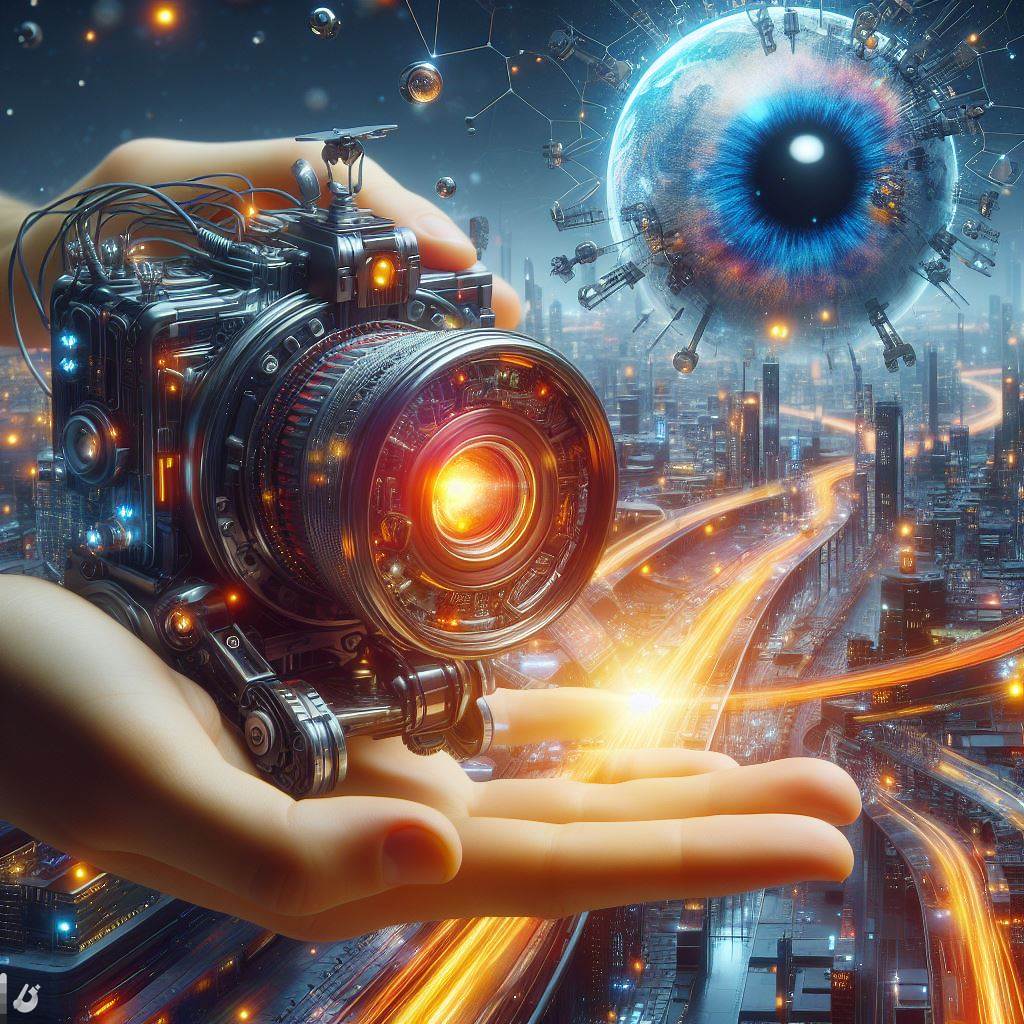VideoPoet is a new artificial intelligence tool developed by Google Research that can generate and edit high-quality videos from text and other inputs. VideoPoet is a large language model (LLM) that is trained on a massive dataset of videos, images, audio, and text from the internet and other sources. VideoPoet can perform various video generation tasks, such as text-to-video, image-to-video, video stylization, video inpainting and outpainting, and video-to-audio. VideoPoet can also output audio to match an input video without using any text as guidance.
It is a simple modeling method that can convert any autoregressive language model or LLM into a high-quality video generator. VideoPoet uses multiple tokenizers for video, image, audio, and text modalities, allowing it to integrate many capabilities into a single model. It can output high-motion variable length videos given a text prompt, such as “a dog eating popcorn at the cinema” or “a skeleton drinking a glass of soda”. They can also output audio to match an input video, such as a teddy bear playing drums or a dragon breathing fire.
It is based on the idea that video generation can be seen as a language modeling problem, where the goal is to predict the next token given the previous tokens. VideoPoet uses a large transformer-based neural network to learn the probability distribution of the tokens, and then samples from this distribution to generate the output tokens. It uses different tokenizers to encode and decode different modalities, such as MAGVIT V2 for video and image and SoundStream for audio. They can also use text as an additional input to guide the generation process, or to provide additional information or constraints.
VideoPoet is designed to offer a novel and versatile way to create and manipulate video content, potentially transforming how users express themselves, communicate, and entertain themselves. VideoPoet aims to provide a user-friendly and intuitive tool that does not require any technical skills or expertise, and that can generate realistic and coherent videos from simple text prompts.
Data: VideoPoet uses a large and diverse dataset of over 100 million videos, images, audio clips, and text snippets, collected from various sources, such as YouTube, Flickr, Wikimedia Commons, and Reddit. VideoPoet uses the data to train its LLM, and to provide a rich and varied vocabulary for video generation. VideoPoet also uses the data to ensure the quality, diversity, and relevance of the generated videos, and to avoid generating inappropriate or harmful content.
Technology: VideoPoet uses various technologies to process and generate data, such as natural language processing, computer vision, machine learning, and transformer networks. VideoPoet uses these technologies to understand the user’s input, and to generate the output tokens. VideoPoet also uses these technologies to optimize its performance and efficiency, and to ensure its scalability and reliability.
Creativity: VideoPoet uses creativity to complement and enhance its data and technology, such as human experts, designers, and curators. VideoPoet uses creativity to provide feedback, guidance, and support to the user, and to ensure the originality, novelty, and quality of the generated videos. VideoPoet also uses creativity to create a friendly, empathetic, and personalized video generation interface, and to respect the user’s preferences and choices.
Expression and communication: VideoPoet offers a new and powerful way to express and communicate ideas, emotions, and stories, without the need for expensive or complex equipment or software. The user can simply use text to generate videos, and to share them with others. VideoPoet also offers a new and engaging way to access and enjoy various content, such as music, movies, or games.
Education and entertainment: VideoPoet offers a new and fun way to learn and explore various topics, such as history, science, or art, without the need for boring or tedious textbooks or lectures. The user can simply use text to generate videos, and to watch them. VideoPoet also offers a new and creative way to play and experiment with various scenarios, such as fantasy, horror, or comedy, without the need for realistic or safe settings or actors. The user can simply use text to generate videos, and to experience them.
Inspiration and innovation: VideoPoet offers a new and inspiring way to discover and create new and novel content, such as poems, stories, or songs, without the need for talent or expertise. The user can simply use text to generate videos, and to inspire them. VideoPoet also offers a new and innovative way to develop and improve existing content, such as editing, enhancing, or stylizing videos, without the need for time or effort. The user can simply use text to generate videos, and to improve them.
They offers various benefits and challenges for the user and the society, that need to be balanced and addressed.
VideoPoet is a groundbreaking tool that can generate videos from text and other inputs, and that has various future prospects and implications for the user and the society.
It is a new artificial intelligence tool developed by Google Research that can generate and edit high-quality videos from text and other inputs. VideoPoet is a large language model that is trained on a massive dataset of videos, images, audio, and text from the internet and other sources. They can perform various video generation tasks, such as text-to-video, image-to-video, video stylization, video inpainting and outpainting, and video-to-audio.


I loved you even more than you’ll say here. The picture is nice and your writing is stylish, but you read it quickly. I think you should give it another chance soon. I’ll likely do that again and again if you keep this walk safe.